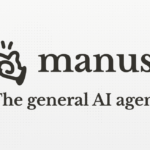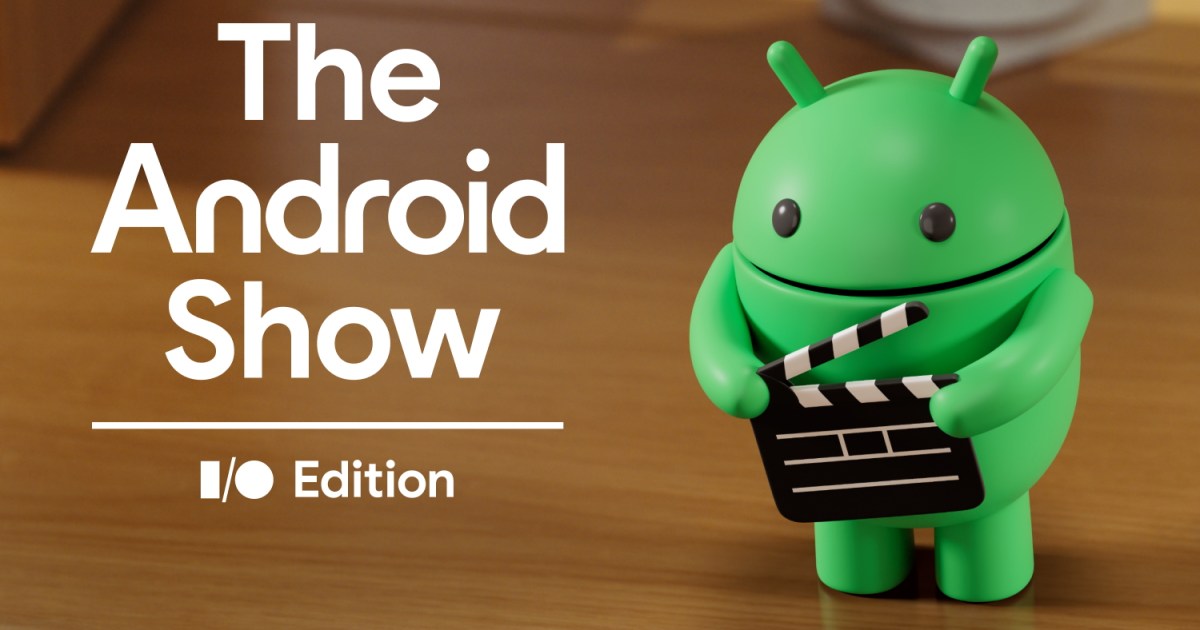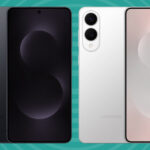Android 16 is coming this year, and Google has spent some time telling us all about the top features and changes we’ll see in it. To ensure you’re fully prepared for its arrival, here are the top five biggest takeaways from the grand reveal.
Discover Material 3 Expressive design
It has taken three years, 46 different studies, and feedback from 18,000 testers around the world to bring Material 3 Expressive, the name for the new design, to your Android device. Google says it wants it to be a design that makes you “Feel something,” and it aims to do this through clever use of color, shapes, animation, and more.
The team studied everything from where we look on a screen to how long it takes to identify controls, resulting in a system that’s easier, faster, and more delightful to use than ever before. There are new button groups, loading indicators, toolbars, and split buttons. Animations have been given a fun, natural springiness, and fonts are more readable. It hasn’t gone overboard though, and recognizes good design only works when people make sense of it immediately.
You’ll see all this throughout the operating system, from a smoother detach motion when dismissing notifications to backgrounds blurring to focus attention and highlight context. A real-world example of just how in-depth Material 3 Expressive’s changes are is the Send button in Gmail is larger and more obvious, shifting from the top of an email to the just above the keyboard, which Google says makes it four times faster to locate. Interestingly, the changes to the design has made Material 3 Expressive more usable for everyone of all ages.
Developers are being encouraged to adopt Material 3 Expressive in their apps, with Google recommending they prioritize functionality, be intentional with the design itself, and to closely follow the new accessibility guidelines. Developers will be able to use a variety of new tools and design elements, such as new decorative shapes, animations, fonts, and color schemes.
Wear OS 6

Excitingly, Material 3 Expressive will be coming to smartwatches with Wear OS 6. Google is designing the operating system around a circular display, with the user interface adapting itself around the screen to use as much of it as possible, and it will include many of the same elements coming to Android 16 on a phone.
This will include the same springy buttons and boxes, the same clever color themes, and updated icons to make information more glanceable. Wear OS 6 will be updated with a new, more informative layout, easier to tap buttons, and a design to focus attention, just like on your phone. Google says the software has been optimized and should extend battery life by 10% on upgraded and brand new smartwatches.
Google calls Material 3 Expressive in Android 16 and Wear OS 6, “a fundamental shift in the way your phone and watch work,” letting you know it goes far beyond a basic new look and some new colors.
More Google Gemini
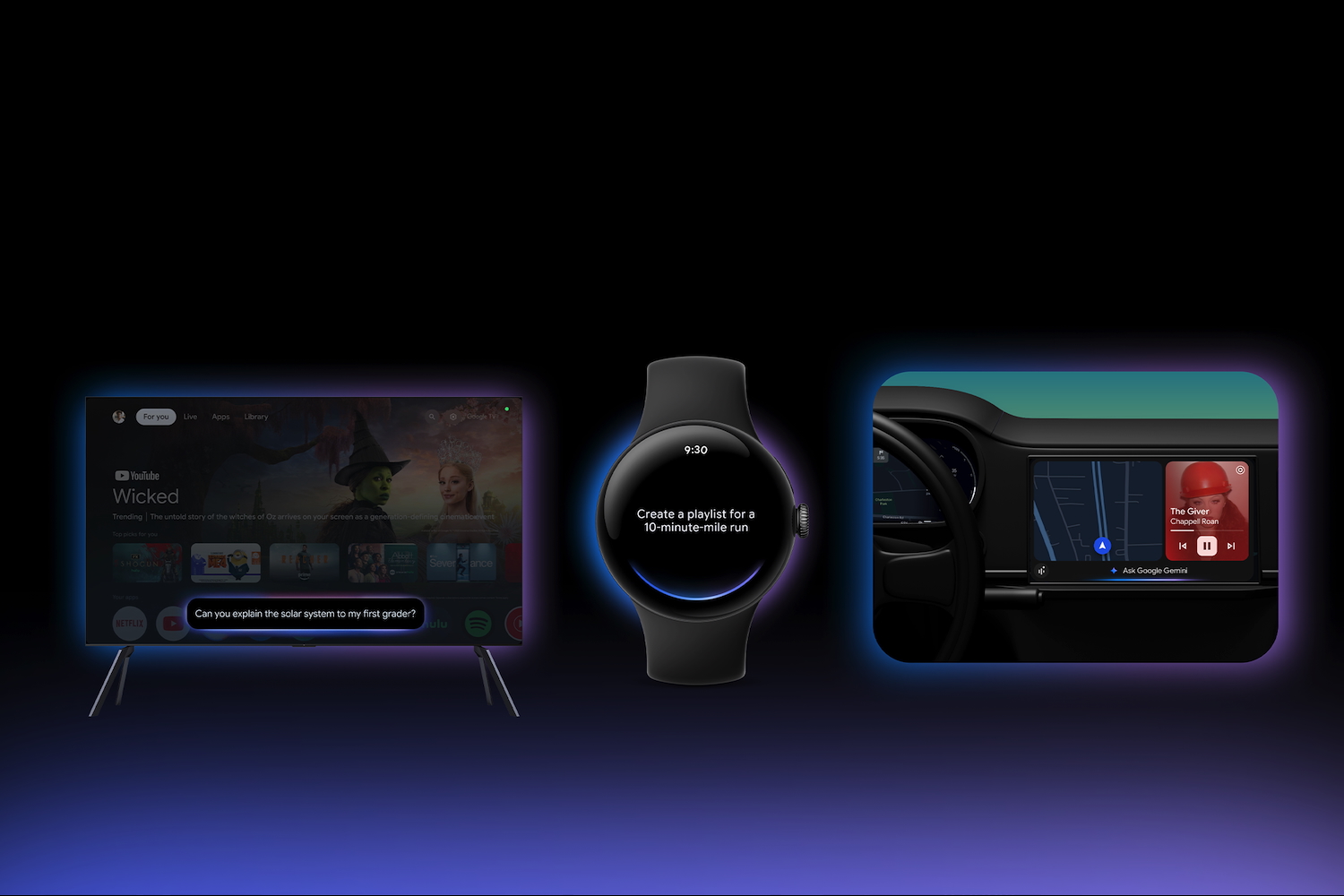
It’ll come as no surprise that Gemini, Google’s AI, will play a big part in Android 16. However, it’s now moving beyond phones and coming to Wear OS, where it will replace Google Assistant. Gemini allows you to speak naturally, it can connect with a wide range of apps, and then pull required information from them.
Germini will also arrive in Android Auto and Google Built-in for cars. Google says it’s the safest way to stay connected when driving, allowing hands-free interaction through natural conversation. Because it can interact with different apps it can summarize messages, find charging or gas stations near different locations on your route, and provide news or start playlists. Google has also tuned Gemini for use in cars by shortening its responses.
Gemini will also come to Android XR, the software platform it’s working on with Samsung, and to Google TV too.
Introducing Find Hub
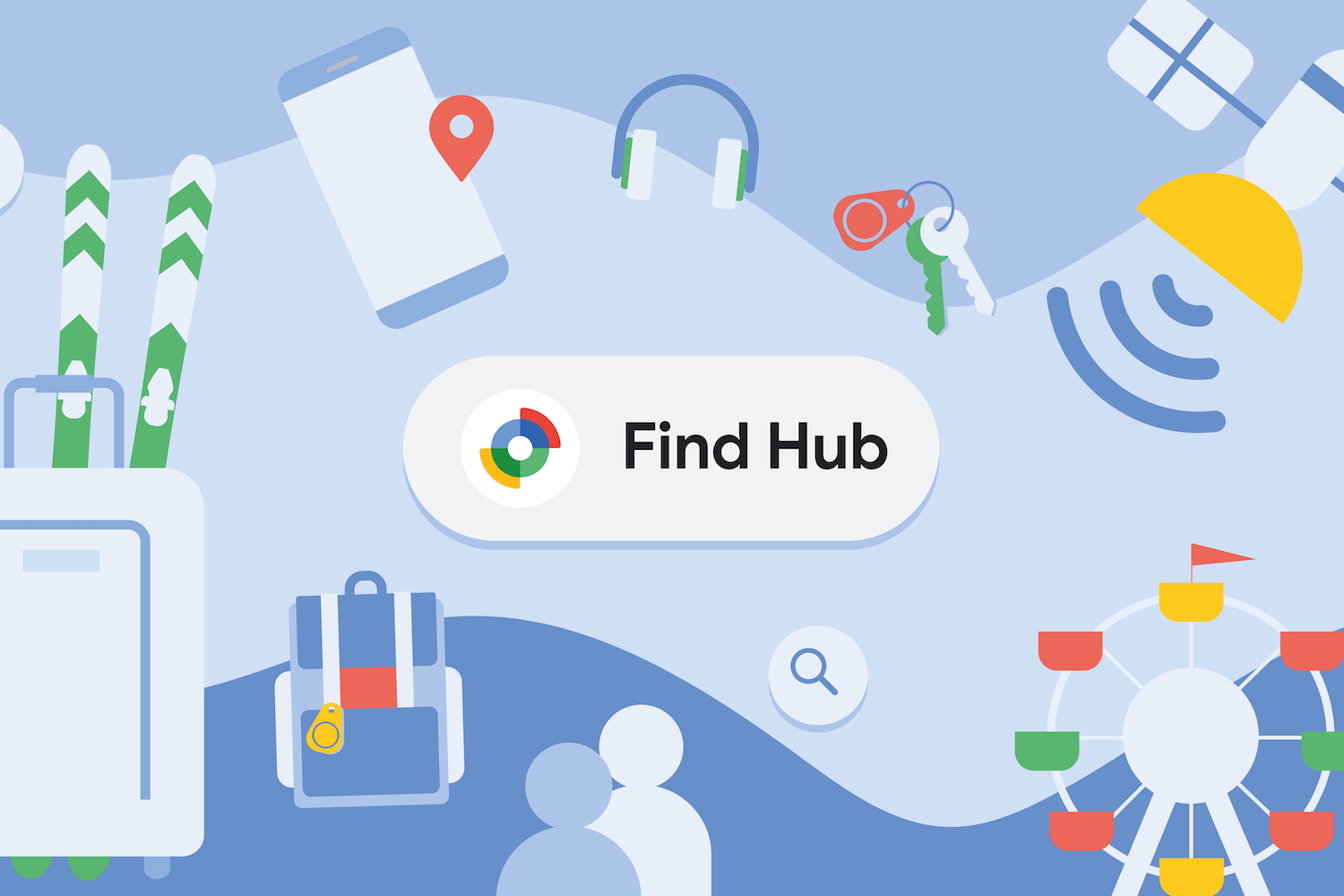
Find My Device is becoming Find Hub, and evolving to become an app to not only track items, but also stay in touch with friends and family. Find Hub will support location tracking in products made by brands like Peak and July, plus it’ll soon support ultra-wideband tracking in tags like the Moto Tag.
Google has also signed important agreements with airlines including British Airways, Cathay Pacific, and Iberia to allow Bluetooth location data to be shared for lost luggage. Later in the year it will have satellite connectivity enabled, where you’ll be able to connect with people even when there’s no cellular signal.
Safer and more secure
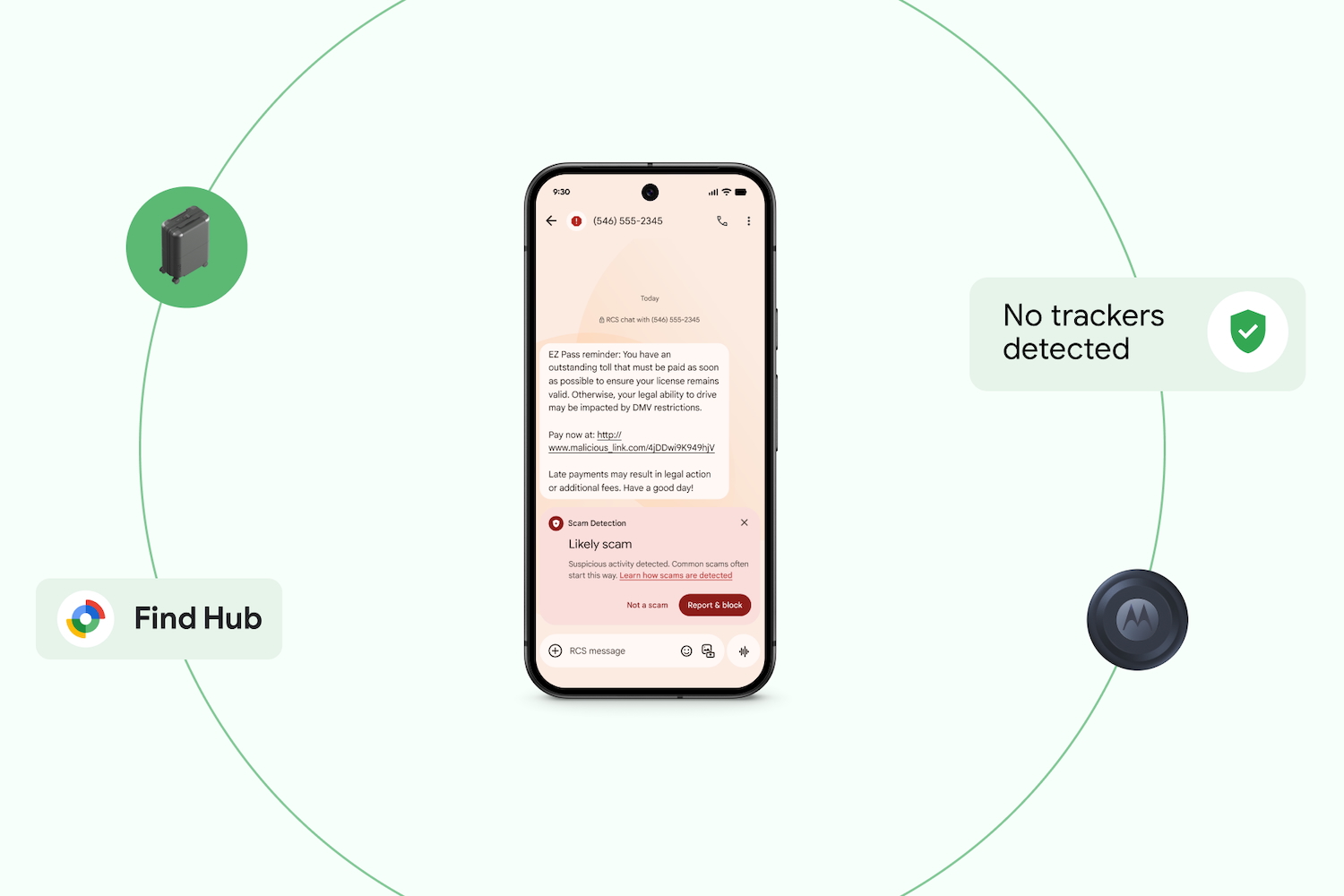
We’d already had hints about Android 16 putting a greater focus on safety and security, and it’s packed with new tools, features, and protections. During calls with people not in your contact list, it’ll alert you to potential scams such as crypto scams, gift card scams, and tech support scams in real-time and on the device. It’ll also provide the same protections in Messages too.
There are new accessibility permissions for apps downloaded outside the Play Store, new safeguards for screen sharing, and in-call protections related to banking apps. Advanced Protection, which had been spotted in a beta version of Android 16, will be available, and is best suited to those who prioritize security, as it allows you to lock down the device after identifying potential attacks. Google will introduce more robust factory reset options later this year, with more control over what features can be reset. Another new tool is Key Verifier, which uses a QR code to confirm end-to-end encryption is in place, and will alert you if it suddenly doesn’t match, such as in the event of a SIM-swap attack.
Google shared all its Android 16 news in a special Android Show broadcast on YouTube, ahead of its annual developer conference, Google I/O, which takes place from May 20.
Read the full article here



